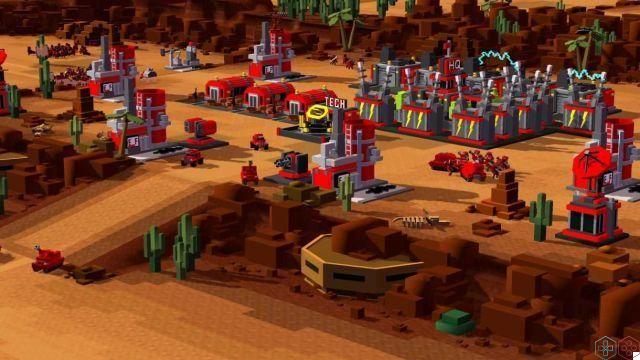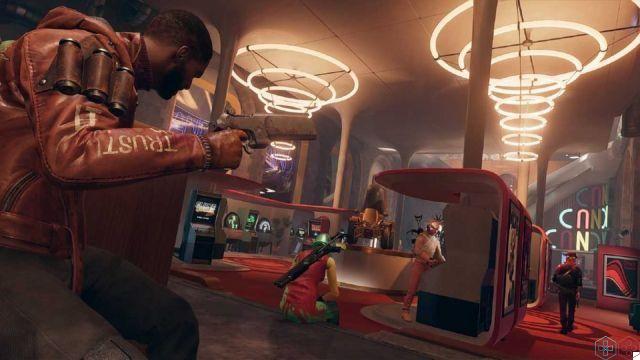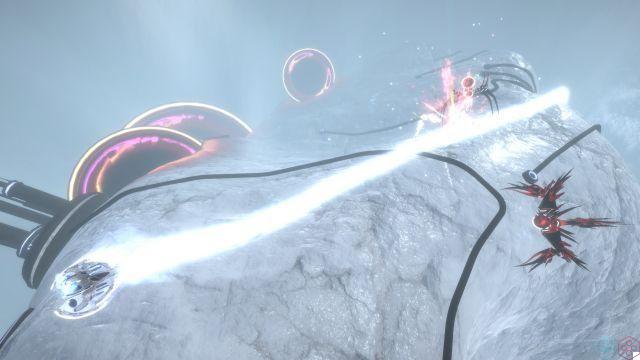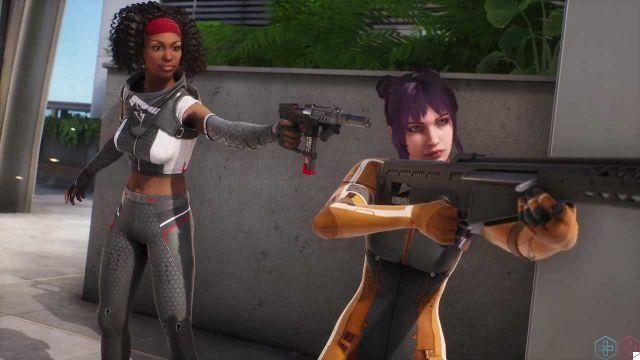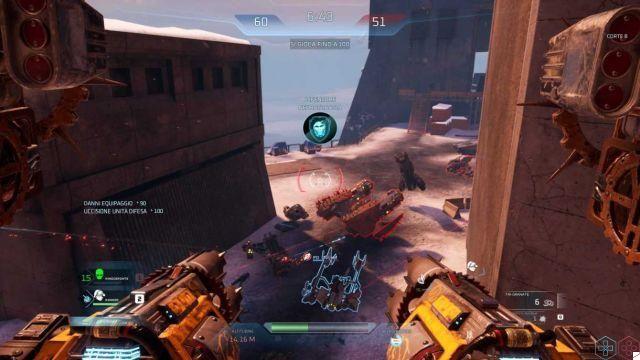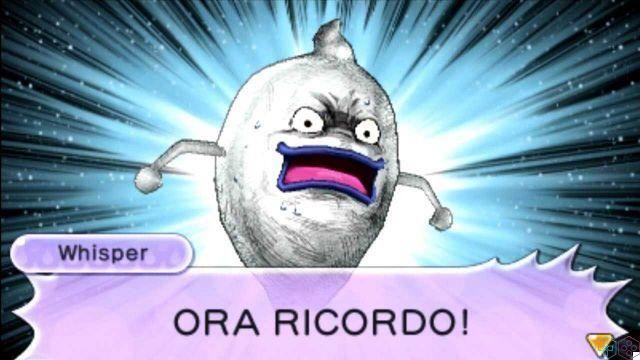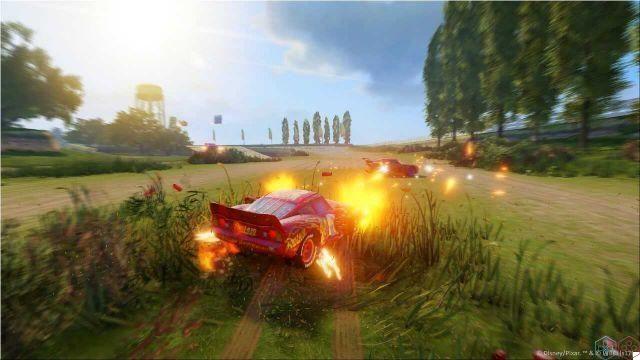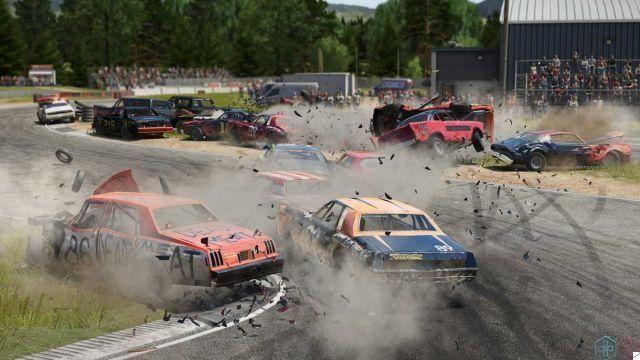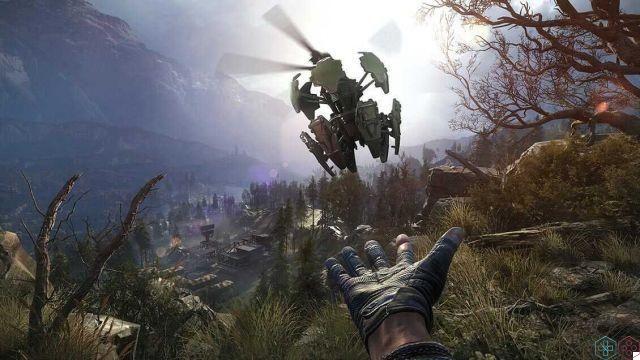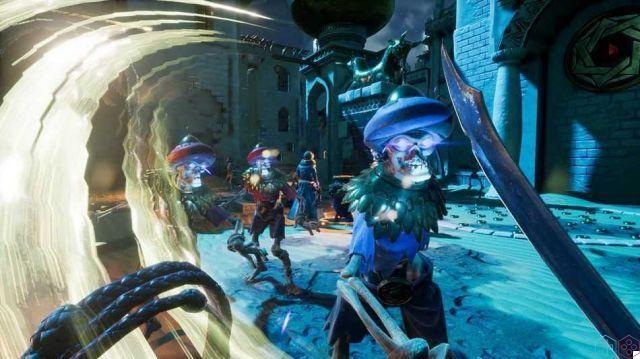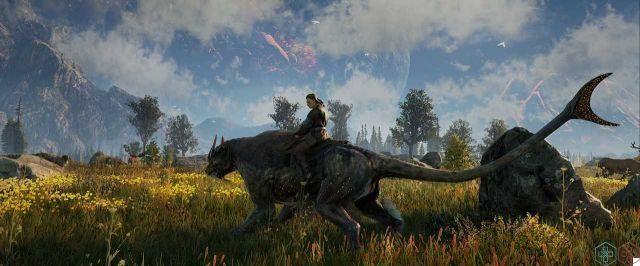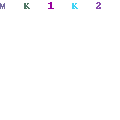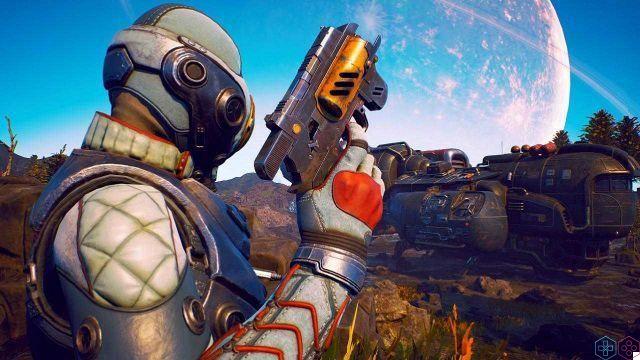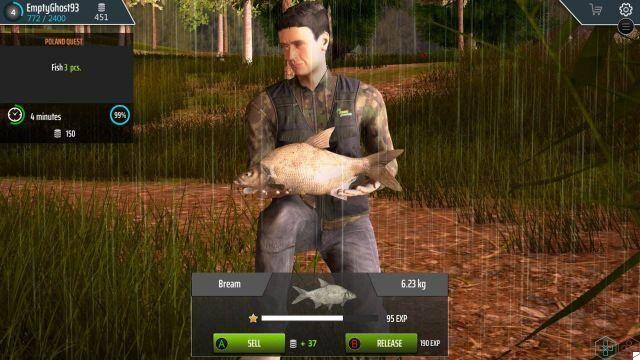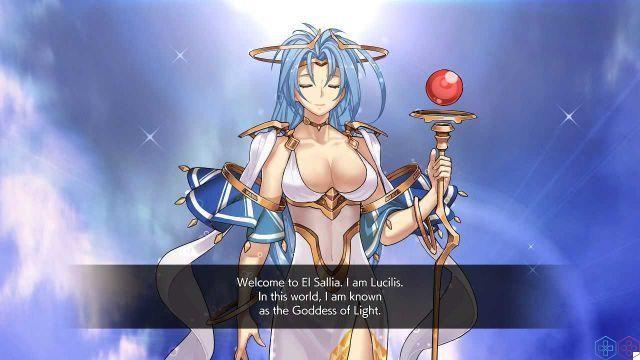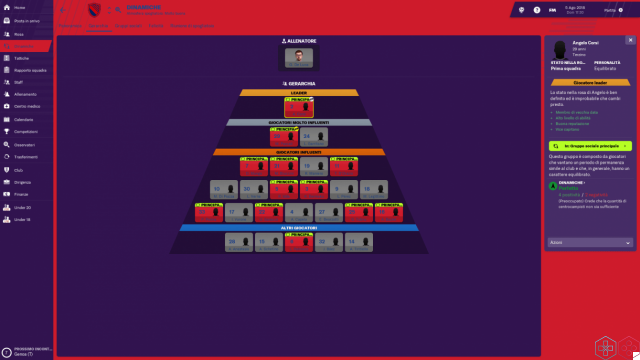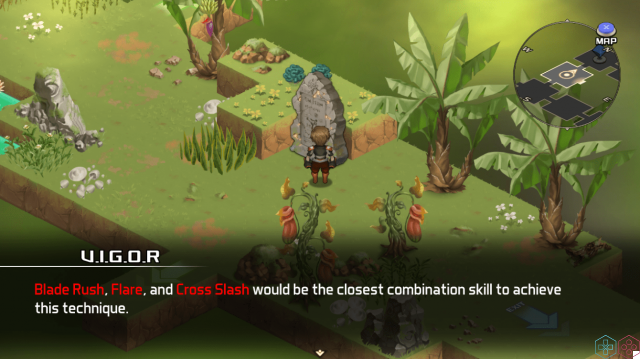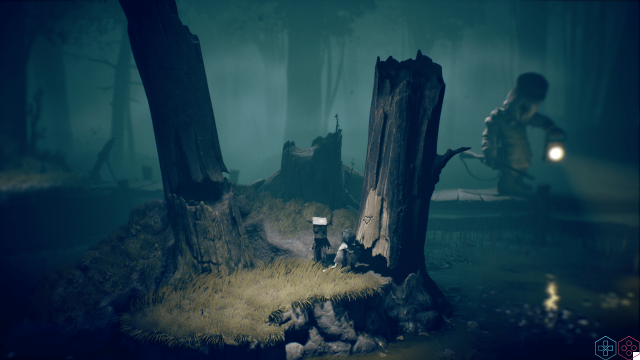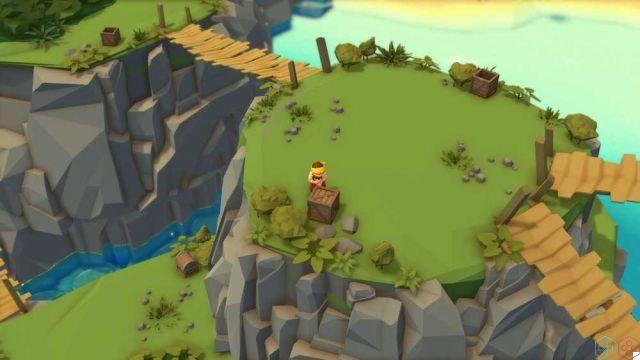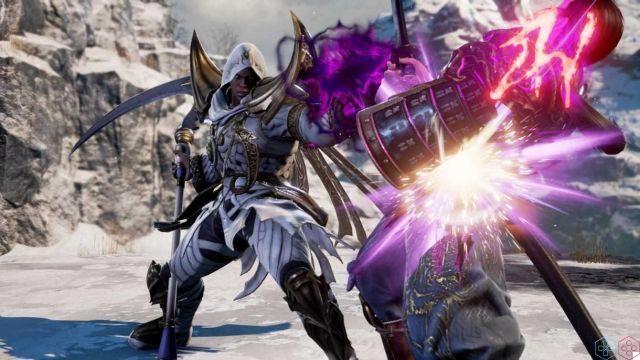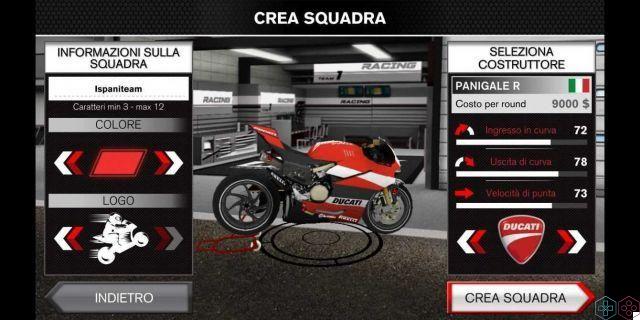FromSoftware returns to PC and consoles with Sekiro: Shadows Die Twice. Let's find out if it's the game for you in our review
One of the features I appreciate most about Hidetaka Miyazaki is its tendency not to fossilize on a single formula. Although to the inattentive eye the various games of the current President of FromSoftware may seem identical, from work to work Miyazaki has always sought a different approach to a (sub) genre that he basically created. Over the span of a couple of generations it has proposed Demon's Souls, Dark Souls and Bloodborne, three independent IPs that now rise to four thanks to Sekiro: Shadows Die Twice, available on PC, PlayStation and Xbox One.
This chapter is certainly the most different from its predecessors, so much so that it can no longer be defined as a soul-like (or soulsborne, if we want a more inclusive term). However, the matrix remains the same and, with the usual originality (and the usual problems, to be honest), FromSoftware has packed another great game. The real question then is: if we are fans of Dark Souls and / or Bloodborne, will Sekiro give us satisfaction?
Hit that passes you | Sekiro Review: Shadows Die Twice
The answer goes through an "unfair" but necessary confrontation. Yes, Sekiro is not a souls-like (let's repeat it to internalize it) and cannot be judged in the same way, but it is impossible not to think of Miyazaki's previous works. For example, by comparing the level of difficulty, a characteristic that made his works notorious, more than famous. Is Sekiro difficult? Yes, it is: sometimes more than Dark Souls, other times less. Because the focus of the game shifts from "strike at the right moment" to "cross swords and pass the guard".
The enemies, in fact, are almost all able to parry our blows, avoiding any damage to health. How to take down an enemy if you can't easily affect his life points? Breaking his posture. Both the opponents and the protagonist have a bar that fills up when you are hit: by taking it to the maximum, you momentarily stuns your opponent and you can inflict a fatal blow that clears your health. Some more powerful enemies have more lives and we will therefore have to do it multiple times.
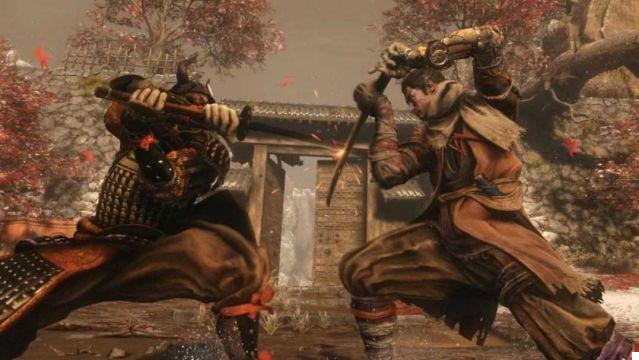
Is it enough then to attack relentlessly? Obviously not: the opponents will tend to deflect our shots, acquiring a moment of advantage necessary to inflict a direct hit on us. In turn we can parry and deflect (make a parry, if you prefer): the second move will fill the Posture bar very easily. THE more powerful enemies, however, will be able to drain their gauge in seconds: in this case, it is advisable to do some damage to the life points, so as to slow down their recovery capacity, dodging at the right moment and surprising them. From this point of view, Sekiro adds much more variety as the protagonist is able to jump in place and run non-stop (there is no stamina).
Opponents will be able to perform powerful moves, signaled by a red kanji and a loud sound, which must be countered in a specific way (lunges must be deflected, not parried; sweeps skipped; dodges). All this grants much more dynamism to the clashes and requires greater reflections than in the past. Defeating the Hungry Dragon or Quelaag is more about learning than dodging skills. With Sekiro, although it is necessary to know the moveset of one's opponents, knowing what to do will not be absolutely enough.
Veloce ma fragile | Review Sekiro: Shadows Die Twice
Our shinobi is also fragile (although, as we will see shortly, there is a way to strengthen it) and against various enemies a single serious mistake is enough to leave us the feathers, even if we face the most unprepared of the samurai. Even the latter know how to give satisfaction, between a crossing of blades and a counter move at the right time, which leads to a fatal blow that is always highly scenic. In case of death, however, we will be able to take advantage of the ability to resurrect on the spot, avoiding the game over: This mechanic is limited by stacks and cannot be overused. Although narratively very intriguing, its functioning is actually very simple at a playful level and I think it would have deserved a few more "twists".
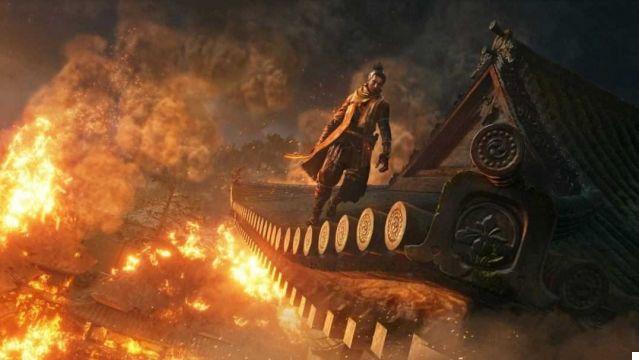
The combat system always requires the utmost attention, also because Sekiro is designed for 1 vs 1: our only weapon is the katana we get at the beginning of the game and, despite having some tools for groups, we will have to try not to accumulate more than two or three enemies. In this case, stealth comes to our rescue: as mentioned since the presentation, stealth does not allow you to free all areas without a fight, but it proves to be a great way to thin out groups of opponents and give more variety to exploration.
We have no way to use too the so-called prosthetic instruments, weapons to equip our left arm: we will have a throwing shuriken, an ax to knock down wooden shields and a fire-breathing rod (the pleasure of discovering the others is up to you). These can also be upgraded, to obtain alternative versions with extra capabilities: they all prove very useful and in various situations the tools completely change a fight.
The strength of a Shinobi | Sekiro Review: Shadows Die Twice
In the area of upgrades, we will be able to level up our protagonist, acquiring exp points through the elimination of enemies. Once we level up, we will get a skill point that can be spent in various skill trees (containing passive moves or new special attacks). Dying makes us lose half of the experience points (and the money) available, but not the skill points (to spend at the Idols, in practice the faro of Sekiro). The two character statistics (Vitality and Attack Strength) only improve if we get hold of specific objects: to do this, we will have to take down powerful enemies.
Even the latter change the cards on the table compared to Miyazaki's previous titles: in Sekiro it is difficult to talk about “boss”. There is no shortage of powerful enemies required for advancement, often accompanied by plot videos or unique events, but the game also and above all overwhelms us with fearsome, but not fundamental, perfectly ignorable opponents. Obviously, every good player will feel the need to test themselves with each of them, also because the enhancement of the statistics demands their defeat. Especially in the final stages, we will be inundated with unique, non-mandatory opponents, but who know how to give various moments of pure fun and exaltation, in a mix of deaths and constant victories (consider about fifty "mini-bosses", although some are repeated with only a few minor changes).
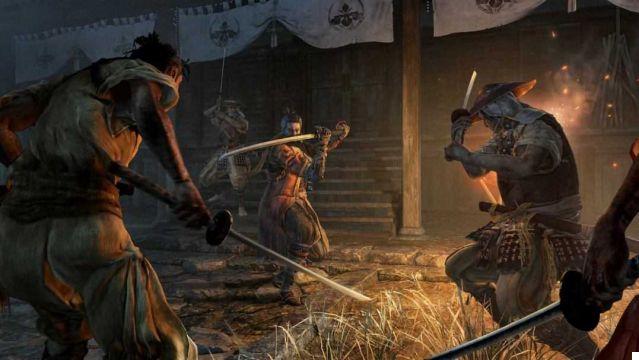
The exploration (and consequent clashes) is also very fast. Lupo, this is the name of the protagonist, is able to climb with a grappling hook. The game world becomes extremely vertical for the first time: the level design of the areas is as always superfine, despite being different. The individual areas open wide, but give up the shortcuts (present, but not as regular as in the past): this is an appreciable difference (let's face it, at the hundredth door that does not open from this side we have begun to get bored). After a first phase, in any case, we will have access to the whole world of Sekiro, with four areas available in a single moment, with dozens of opponents and rewards to be earned. Stylistically, the game is sublime and offers us many areas, which offer less details, but become so large as to give more breath and realism to the game world.
Returns not always welcome | Sekiro Review: Shadows Die Twice
Then the lore returns, but to an absolutely lesser extent: Sekiro, in fact, outlines a story with a much more defined plot linked to the protagonist that is in no way customizable. Wolf and his Lord have a clear role in the game world and if you have never appreciated the lack of clarity of Miyazaki's previous works, in this case you will have greater satisfaction.
So many differences, but all always positive. What's wrong with Sekiro? To start, some features carried over from the previous chapters, such as the unclear and not very useful HUD: as in the past, we will be able to equip objects in five quick slots, to be used in combat. The problem is that in Sekiro it is possible to open the menu and pause the game, activating the use of an object (which happens anyway in real time in the game) with all the calm of the world.
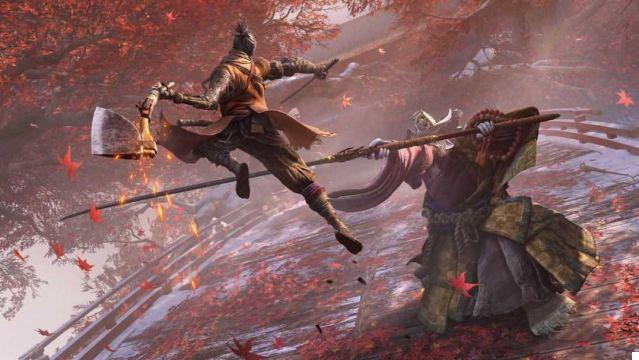
Also, once again the camera and lock on are lost: the situation has also worsened due to the increased dynamism of the combat system. When you learn to play according to Sekiro's rules (i.e. always remaining attached to the opponent and avoiding moving randomly in a panic), the problem is limited, but the game struggles too much on several occasions. The frame rate is also struggling, especially on the basic versions of the consoles (we played the title on PS4 Standard): at various points of passage the work loses frames conspicuously; fortunately it does not happen in major fights.
It's not a souls-like and that's okay | Sekiro Review: Shadows Die Twice
Sekiro is different and never pretends to be a souls-like. The RPG component is almost non-existent and the character customization is nil. If with Dark Souls (less in Bloodborne) we could find our way to win a fight (whether it was dodging every attack or resisting behind heavy shields), with Sekiro we must necessarily adapt to what the creator has thought. We will all defeat that boss equally, perhaps some with more speed or elegance, but ultimately the substance will be the same. If you are looking for freedom, Sekiro is not for you. If, on the other hand, you want an action adventure that can give you visceral satisfaction against any opponent, even the most common, then you mustn't ignore the new game from FromSoftware.
If you need help, you can find Sekiro's guides at this address.
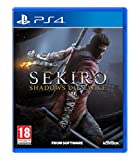 SEKIRO: Shadows Die Twice - PlayStation 4
SEKIRO: Shadows Die Twice - PlayStation 4 - In Sekiro: Shadows Die Twice, you play the role of a "wolf without an arm", a scarred and disgraced warrior, saved one step away from death. Your destiny is tied to a young man of noble origins, descendant of an ancient lineage: to protect him you will face numerous enemies, including the ruthless Ashina clan. Nothing will stop you on the perilous quest to redeem your honor and free the young lord, not even death itself.




